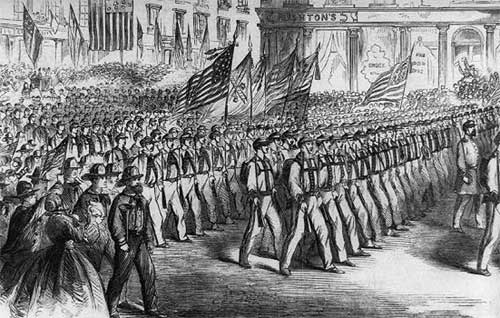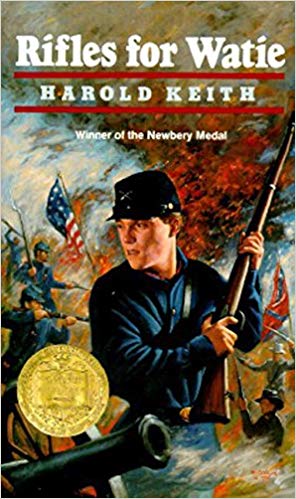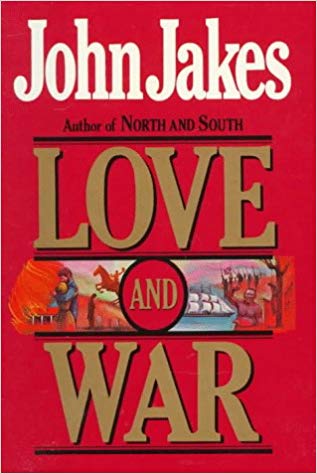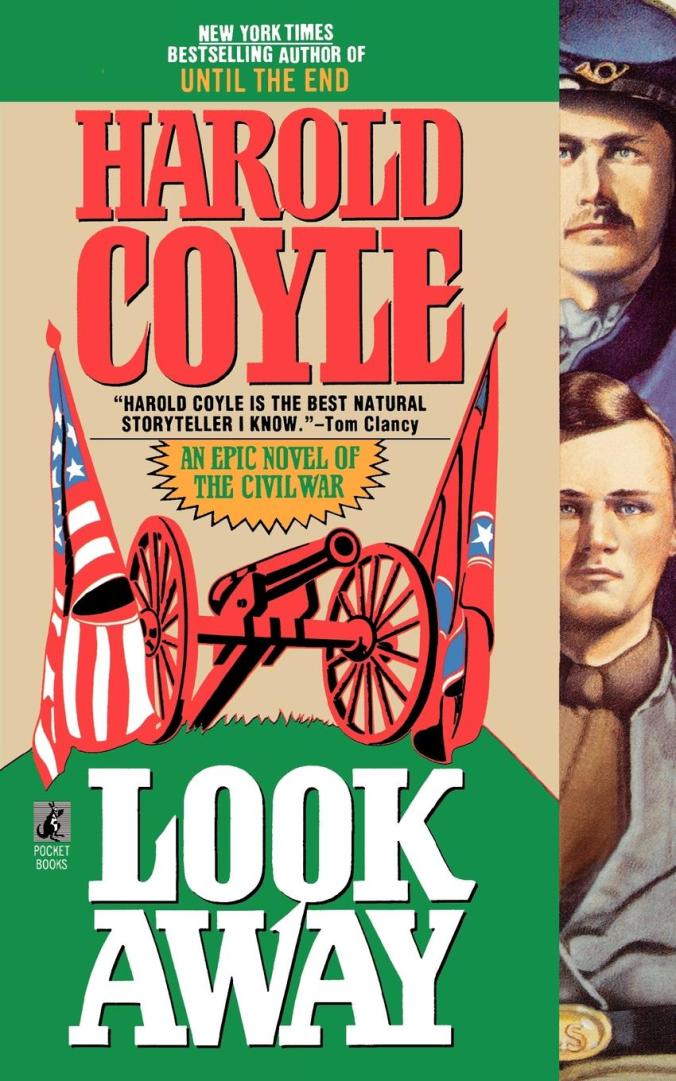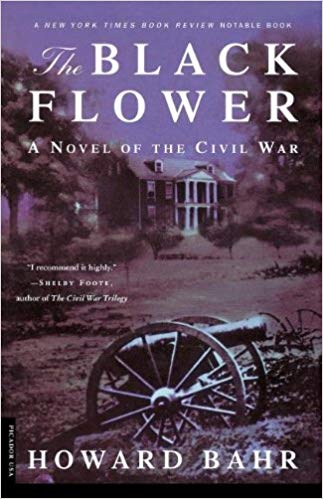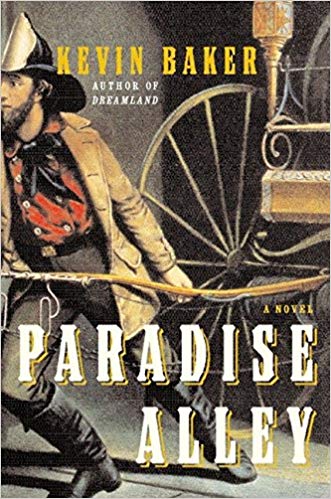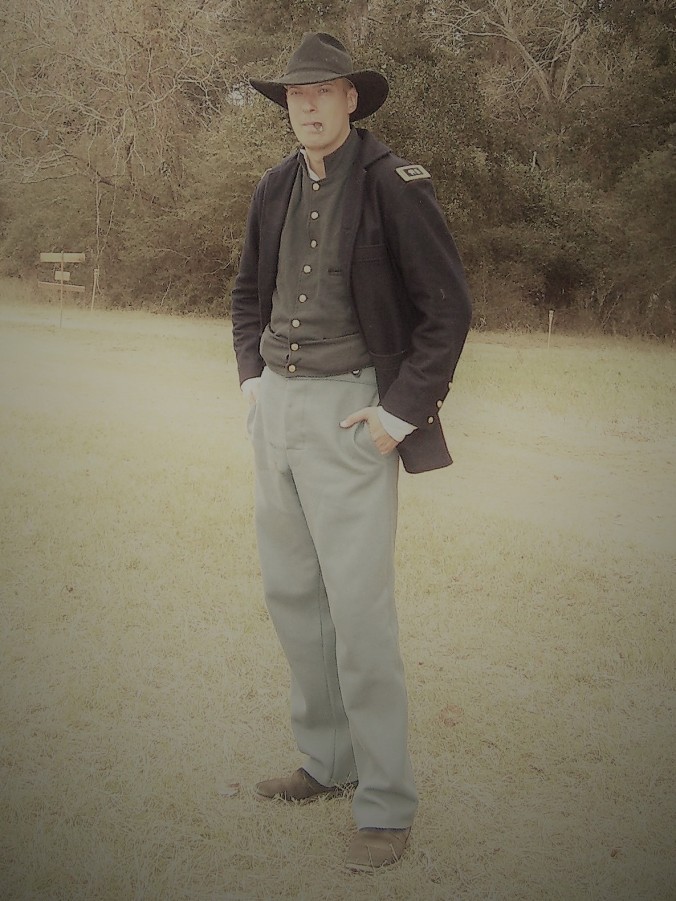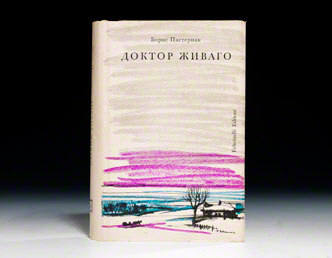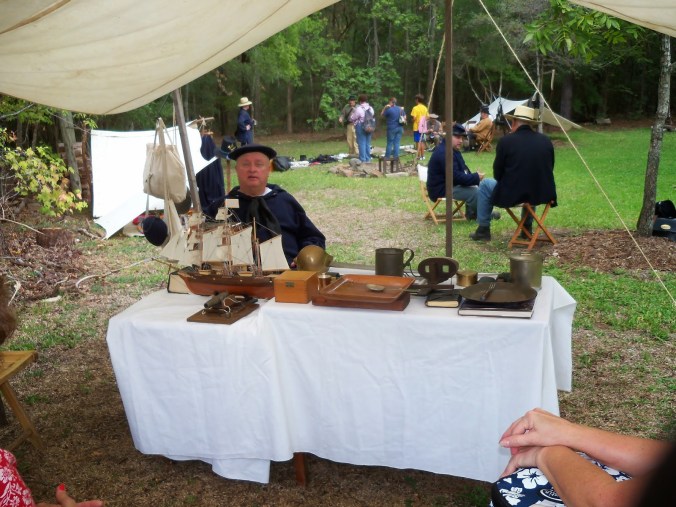
Dear Readers,
As I was contemplating my personal library today, I began to ponder the influential books I’ve read in my life; books that have changed the way I see the world around me. Now, my own books number around 2,000 physical volumes with several hundred more on the Kindle. I’ve read them all, and I’ve read many more that I don’t have personal copies of. Some have been good, some have been bad, some have been ugly, and some have been in between. That said, a select handful have had such an impact on me that I still think of them and the lessons they taught me.

The first great book I remember reading when I was in 4th grade was the award winning young adult classic Rifles For Watie by Harold Keith. It is an excellent Civil War story set in the Trans-Mississippi Theater. Though I was already a Civil War enthusiast by this point in my life, this was the first Civil War novel that I remember reading. It taught me how a novelist can teach you as much as a historian can. I found myself drawn into the story and though I’ve read the book many times since then, I’ll never forget the first reading.

When I was in tenth grade, I came across a copy of Piece of Cake by Derek Robinson in my high school library. In my opinion, it is one of the greatest World War Two novels ever written. What I like about it is how he manages to capture but the humorous and the tragic scenes that war brings. The back and forth banter between the young RAF pilots is so skillfully done that you don’t catch all of it the first time you read the book. It takes a second or even third reading to pick up on all the one liners. If I had to pick a writer who has influenced my own writing the most, I’d probably say it is Derek Robinson, not just because of this book, which I consider his best, but because of all the books in his RAF and also his RFC series.

In college, I first read the three volume Civil War: A Narrative by Shelby Foote. Yes, I know that Civil War historians take great issue with much of what you can find inside these volumes, but as a freshman in college, that was far from my mind as I read through Foote’s weighty tomes. Foote was a novelist writing history, and in his hands, the lives, loves, tragedies, and triumphs of those who lived through this tumultuous era in American history leapt from the pages and came to live within my head. Foote once said that historians can learn a lot from novelists. I took this to heart. Yes, I have a graduate degree in history and I guess technically I’m a historian (though I consider myself first and foremost to be a storyteller), I am first and foremost, a writer. As such, Foote’s ability to bring these long dead individuals to life had an impact not just on my own writing, but on my teaching as well.

Several years ago, I came across Bomber by Len Deighton. I was already familiar with both he and his work, but I had not read this particular book. It takes place in a 24 hour time frame as pilots prepare to bomb a German town. The town and its inhabitants also factor into the story and it builds to a terrifying crescendo. This novel taught me quite a bit about pacing and how to create and build suspense, even in novels that are not mysteries or thrillers. It also taught me the importance of careful research. Deighton made sure to get his facts right, and as a writer of historical fiction, I strive to do the same in my own work.
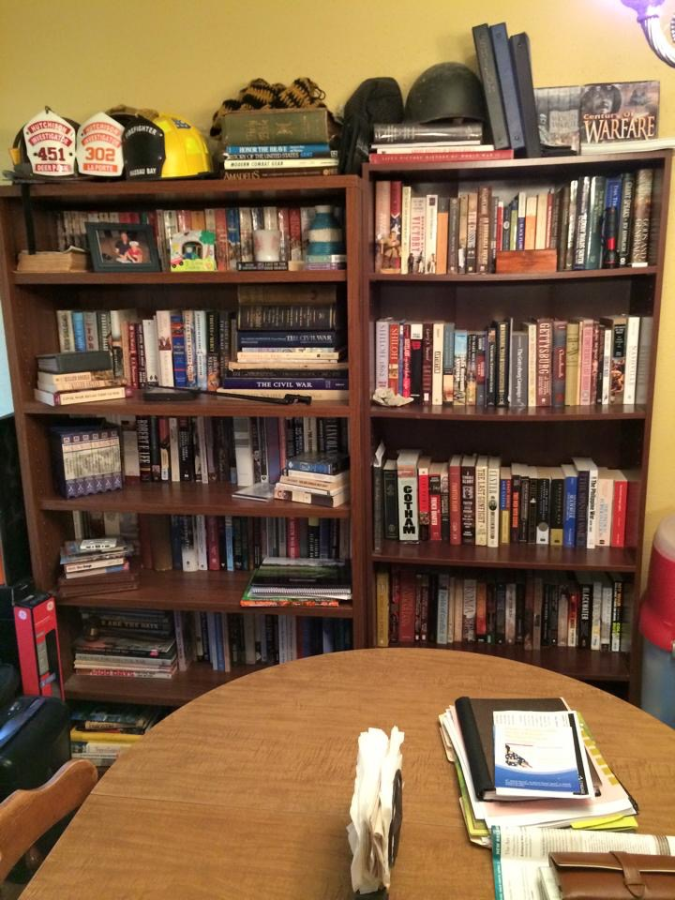
I first read Lonesome Dove by Larry McMurtry when I was in junior high. This book taught me how to create characters that appear real. When we think of Augustus McRae and Woodrow F. Call, we think of them as real people, not fictional characters. McMurtry was a master of creating a world and inhabiting it with realistic, believable characters. Far from being “just a western”, as my creative writing professor dismissed it as being, this Pulitzer Prize winner shows us that a book about a simple journey from Point A to Point B can be a masterpiece, which Lonesome Dove definitely is.

The Beauty and the Sorrow: An Intimate History of the First World War by Peter Englund serves as a vivid reminder that history happens to real people, just like us. Also like us, they share all of the same emotions that we do. Though times may chance, human emotions do not and they are the link between us and those who came before. This book paints a portrait of ordinary lives disrupted by the Great War and does so on a broad canvas. The author also uses, whenever possible, the words of the individuals themselves to tell their stories. From this book, I learned the importance of letting the participants speak for themselves as they saw the events, I did not.

Payback by Gert Ledig is a long out of print novel by a German veteran of the Second World War. The book begins like this: “When the first bomb fell, the blast hurled the dead children against the wall.” It takes place over the space of an hour in a nameless German town and consists of very short chapters, each a vignette, of how a resident experiences an Allied air attack. It is at times humorous, but more often tragic and stomach churning. This book taught me the importance of not shying away from the more horrific aspects of writing about warfare. By sanitizing our history or cleaning it up, we do absolutely no justice to those who lived through the events.

Antietam: The Soldier’s Battle by John Michael Priest is, in my humble opinion, the best book written about a Civil War battle. The author delved deep into many an archive and though the book may appear disjointed to those who are not already familiar with the ebb and flow of the fighting around Antietam Creek, the reader experiences the battle in “real time” from the standpoint of the soldiers on both sides. If it is confusing at times, well, so was the battle. This book provides a valuable view from the ground, as it were. It is chock full of great quotes such as the Confederate artillery officer who, while under heavy fire, said to his aid “If I am killed, tell my wife I’ve never been happier in my life!” With this book, you really get a glimpse at the chaos and carnage of the Civil War battlefield.
This is not an all inclusive list, Dear Reader, as there are many others, but the above list are the best of the best. As you can see, some are fiction and some are not. So I ask you this: What books have influenced you as a writer, a reader, or as a person?
L.H.



